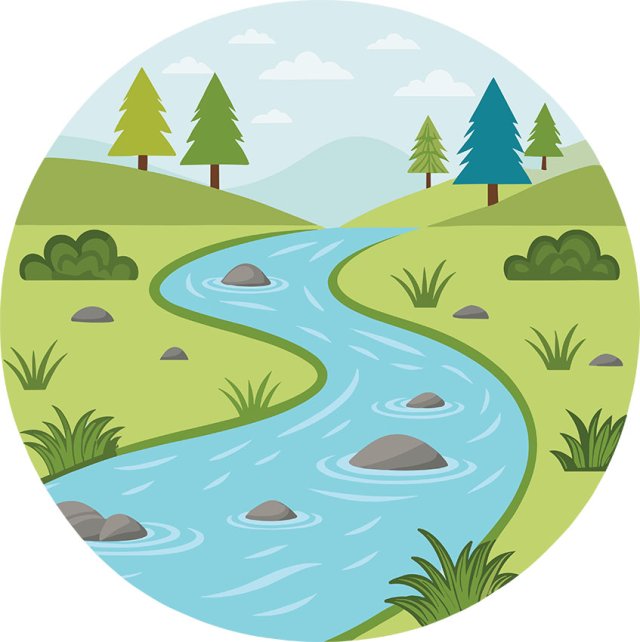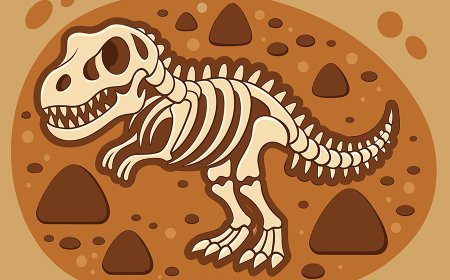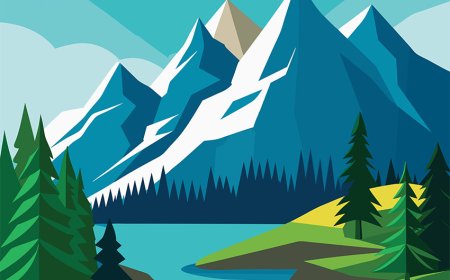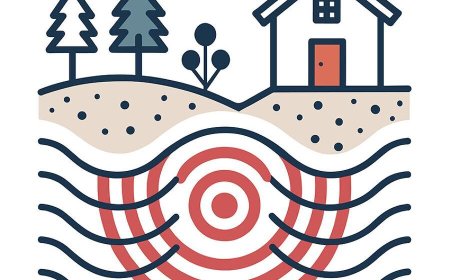Rivers Facts for Students | Water and Ocean Guide
Discover how rivers form why they are important to people and nature and how they connect to oceans in this clear and student friendly water guide

🌟 Introduction
Rivers are flowing bodies of freshwater that move across the land, carrying water from higher ground to lower areas until they reach a lake, sea, or ocean. They are among the most important features of Earth's surface because they shape landscapes, support communities, and provide water to people, animals, and plants. Some rivers are small streams you can jump across, while others, like the Amazon or Nile, are thousands of miles long and flow through many countries. Rivers are essential parts of the water cycle, connecting rainfall, groundwater, and oceans into one giant system that keeps life on Earth thriving.
🔍 Understanding Rivers
A river is a natural stream of freshwater that flows downhill due to gravity. Rivers begin at a source, such as melting snow, glaciers, springs, or rain in mountains. As they flow, rivers are joined by smaller streams called tributaries, forming larger waterways. The land area that drains into a river is called its watershed or river basin. Eventually, rivers empty into oceans, lakes, or other rivers, carrying nutrients, soil, and sometimes pollution along the way.
🌍 Why Is It Important?
Rivers are important because they:
-
Provide drinking water to millions of people around the world.
-
Support agriculture, delivering irrigation to farms and fields.
-
Create habitats for fish, birds, and countless other animals.
-
Produce energy through hydropower dams that generate electricity.
-
Shape landforms, carving valleys, canyons, and fertile floodplains.
-
Connect trade and travel, serving as natural highways for boats.
🧪 Real-Life Connections
-
Many cities, such as Cairo on the Nile or London on the Thames, grew along rivers because of easy access to water and transportation.
-
People go fishing, kayaking, and swimming in rivers for fun and food.
-
Farmers near rivers often use irrigation channels to water crops.
-
Hydropower dams on rivers, like the Hoover Dam in the U.S., supply electricity to millions of homes.
-
When rivers flood, nearby towns and farmland can be damaged, showing both the benefits and challenges of living near them.
✨ Interesting Facts
-
The Nile River in Africa is over 4,000 miles long, making it one of the longest rivers in the world.
-
Some rivers, like the Amazon, carry more water than all other rivers combined.
-
Rivers can change course naturally over time, carving new paths.
-
The Mississippi River system drains almost half of the land in the United States.
📌 Key Takeaways
-
Rivers are moving bodies of freshwater that connect land to lakes and oceans.
-
They provide water, food, energy, and transportation.
-
Healthy rivers are vital for both people and nature.
🐾 Kid-Friendly Summary
Rivers are like Earth's veins, carrying fresh water across the land. They give us water to drink, food to eat, power for electricity, and places to play. Rivers also help animals and plants survive and connect land to oceans.
📚 Vocabulary Words
-
River - A natural stream of flowing freshwater.
-
Source - The beginning of a river, often from snow, rain, or springs.
-
Tributary - A smaller stream that flows into a larger river.
-
River Basin - The area of land drained by a river and its tributaries.
-
Floodplain - Flat land near rivers that floods during heavy rain.
-
Delta - Land formed at the mouth of a river where it deposits soil and sediments.
-
Hydropower - Electricity made by using the energy of moving water.
-
Current - The speed and direction of water flow in a river.
Interactive Quiz: Rivers
Instructions: Choose the best answer. Answers are listed at the end.
-
What is the source of a river?
A) The ocean
B) Where the river begins
C) Where the river ends
D) A floodplain -
What do we call a smaller stream that joins a larger river?
A) Current
B) Delta
C) Tributary
D) Basin -
Which of these is NOT a reason rivers are important?
A) They provide water
B) They generate electricity
C) They form clouds
D) They provide transportation -
What is a floodplain?
A) The ocean where the river ends
B) Flat land near a river that may flood
C) A mountain where a river starts
D) A man-made canal -
Which river is the longest in the world?
A) Amazon River
B) Mississippi River
C) Nile River
D) Yangtze River




















































